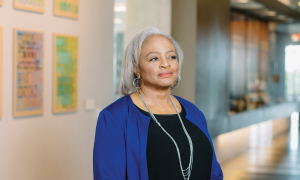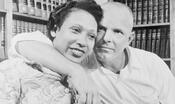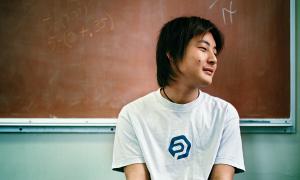article
820 Results
publication
Methods Courses
Building on what students have learned in foundations courses, methods courses tend to focus more closely on processes and procedures for teaching specific student populations or for teaching specific disciplines. This
October 24, 2018
article
Carol Anderson on Voter Suppression: A Q&A with the Author of ‘One Person, No Vote’

Professor and author Carol Anderson explains how voter suppression remains alive and well—and how it’s hurting us all.
article
Digging Deep Into the Social Justice Standards: Identity
In the first PD Café in our series about the LFJ Social Justice Standards, learn how to help your students dig deep on the concept of identity.
lesson
Sensible Consumers
As children use digital media with increasing frequency, advertisers who work with digital platforms continue to understand kids as an ideal target audience. Among other things, this means it is important to help children learn to read online ads sensibly and critically.
September 25, 2017
article
Where Do We Go From Here?

LFJ Director Jalaya Liles Dunn explains that "Education is not merely a way of upward mobility for the individual, it is a way of collective movement."
text
Informational
Loving for All

Richard and Mildred Loving were plaintiffs in the historic Supreme Court ruling Loving v. Virginia, which struck down race restrictions on the freedom to marry. What follows is Mildred Loving’s public statement delivered on June 12, 2007, the 40th Anniversary of the decision.
July 7, 2014
article
text
Informational
Race Matters
Adam Liptak details a recent affirmative action case before the U.S. Supreme Court. He also looks at affirmative action's history, the debates around the policy and considers possible effects of the Court's ruling.
July 7, 2014
article

